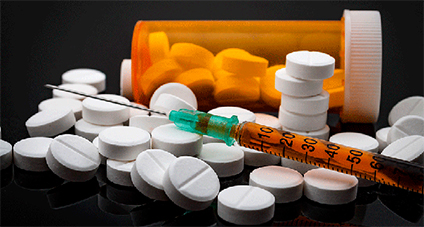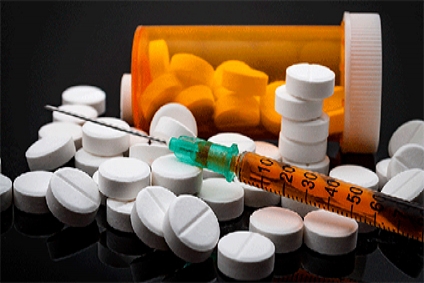
Opioid painkillers are highly addictive. After just five days of prescription opioid use, the likelihood that you'll develop long-term dependence on these drugs rises steeply — increasing your risk of eventual addiction and overdose. Dr. Kelechi Okoroha, a Mayo Clinic orthopedic surgeon, says the opioid epidemic in the U.S. started in the 1990s, when patients were prescribed opioid pain relievers at an increased rate. This in turn led to widespread misuse and devastating consequences, including hundreds of thousands of overdose deaths. In this Mayo Clinic Minute, Dr. Okoroha discusses some of the work Mayo Clinic is doing to limit opioid use by offering alternatives to postsurgical pain management.
Dr. Okoroha: As orthopedic surgeons and spine surgeons we account for about 30 percent of opioid prescriptions so we know we can have a huge impact on decreasing opioid related deaths by limiting our opioid prescriptions
Ms. Stiepan: Orthopedic surgeon Dr. Kelechi Okoraha says one way mayo clinic is working to limit opioids is offering patients alternative options to traditional post-operative pain management.
Dr. Okoroha: it's a multimodal approach, we do stuff before surgery we might give you a nerve block and then we give you these multiple medications after surgery that should manage your pain.
Ms. Stiepan: Medications such as acetaminophen to target pain and NSAIDS to target postoperative inflammation and muscle relaxants to control muscle cramps and spasms
Dr. Okoroha: What we found is that using this multimodal approach we're able to manage patients pain with limited or no opioid use after common sports surgeries
Ms. Stiepan: Dr. Okoroha has been involved in research on taking this approach and the results have been promising
Dr. Okoroha: What we found is that this regimen is at least as effective if not more effective in managing pain compared to traditional opioid regimens. I think this is really practice changing research. I think we've found it's effective in the four most common sports surgeries and so our plan is to implement it in other surgeries and hopefully decrease the opioid burden worldwide.









